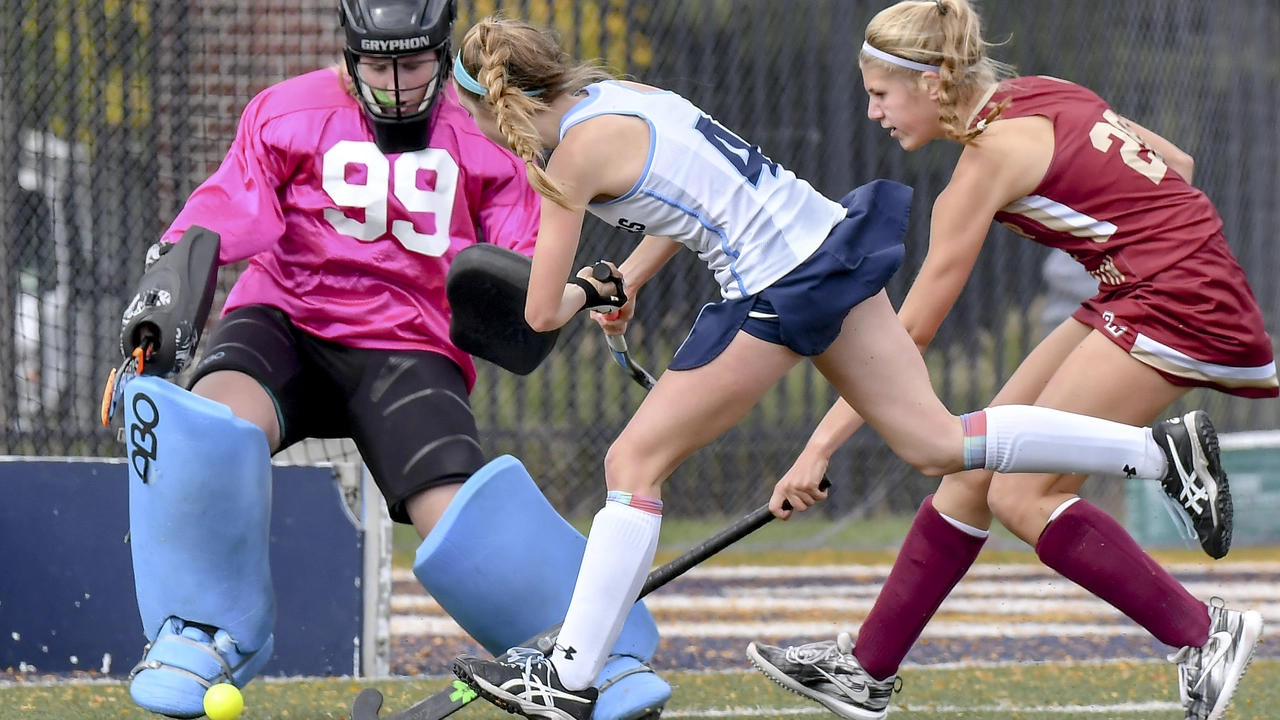Hockey Rules: Your Quick Guide to the Game’s Essentials
If you’ve ever watched a match and wondered why a team got a single point for an overtime loss, you’re not alone. The rulebook can feel like a maze, but you don’t need a law degree to get the gist. This page breaks down the most common questions – from how points are tallied to why home jerseys went dark – in plain language.
Scoring and Points Made Simple
In the NHL, every win nets a team two points, whether it happens in regulation, overtime, or a shootout. Lose in overtime or a shootout? You still walk away with one point. Lose in regulation? Zero. Those points decide who makes the playoffs and where they sit in the bracket. So, a team with 90 points might have a mix of straight wins and a handful of overtime losses.
Why does this matter? Because a single point can be the difference between a home‑ice advantage and a road game in the postseason. Fans love to argue about “the point system,” but the rule is straightforward: win = 2, OT/shootout loss = 1, regulation loss = 0.
Uniform Shifts, Referee Roles, and Other Oddities
Back in the 2003‑04 season, the NHL flipped a long‑standing tradition and made dark jerseys the default for home teams. Before that, the home squad wore white and the visitor wore a color. The change let teams showcase their bold designs and gave fans a flashier visual experience. It also opened up a new revenue stream for jersey sales – a win-win for the league and fans.
Ever wondered how many officials are on the ice? In ice hockey you’ll usually see two referees and two linesmen. The referees call penalties, while linesmen handle off‑side and icing calls. Field hockey runs a bit differently, typically using two umpires who share the duties. Knowing who’s who helps you follow the game’s flow and understand why certain calls get made.
Another quirky rule: frozen pucks. Before a game starts, the arena staff chills the puck in a freezer for about an hour. A cold puck glides smoother, bounces less, and stays solid even during hard shots. The result is a faster, more predictable surface for players – and fewer broken pucks.
Finally, a quick note on fighting. While not a formal rule, fights have become part of hockey culture. Players often drop the gloves to defend teammates or shift momentum. The league penalizes fighting with five‑minute majors, but the occasional bout still fires up the crowd.
Understanding these basics turns a confusing set of regulations into a clear picture of why the game plays out the way it does. Next time you watch a match, you’ll know exactly why a team celebrates a single point, why the home squad is rocking a dark jersey, and what the officials are doing on the ice.
Got more rule questions? Dive into our articles on referees, points, and jersey history for deeper insights. The more you know, the more fun the game becomes.
In what case would a player be thrown out of a hockey game?
So, you're sitting on the edge of your seat, eyes glued to the hockey game and BOOM! Suddenly one of the players is making the walk of shame off the rink. What just happened? Well folks, there are a few ways a player can get the boot in hockey. If they're acting like a rough-and-tumble ruffian and throwing punches or they've racked up too many penalties, they're outta there. Or, they might have been a little too eager with their stick and caused an injury. Lastly, if they try any sly moves and disrespect the rules, the ref won't hesitate to give 'em the old heave-ho!
View MoreHow many periods are there in field hockey?
Field hockey is a sport that is played on a field using sticks and a ball. It is one of the oldest team sports in the world and is very popular in countries like India, Pakistan, and Australia. Field hockey is usually played in two periods of 35 minutes each, with a break of 10 minutes between the two periods. The total duration of the match is 70 minutes. At the end of each period, the team with the most goals is declared the winner. Field hockey has become a popular sport in recent years due to its fast-paced, exciting nature.
View MoreIs fist fighting actually allowed in ice hockey?
Ice hockey is a popular and physical sport where physical contact between players is expected. But how far can players take it? Is fist fighting actually allowed in ice hockey? Fist fighting is not officially allowed in the rules of ice hockey, however it is tolerated to an extent. Fights are seen as a way to protect teammates from hard hits and to police the game, and referees will often let players fight until it is clear who is in control. Fights can even lead to suspensions for the players involved if the referees deem the fight was too violent. In summary, fist fighting is not officially allowed in ice hockey, however it is tolerated to an extent and referees may take action if the fight is deemed too violent.
View More

